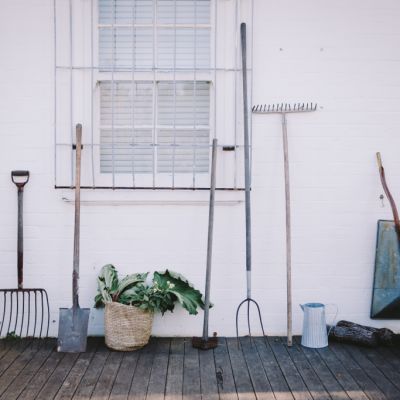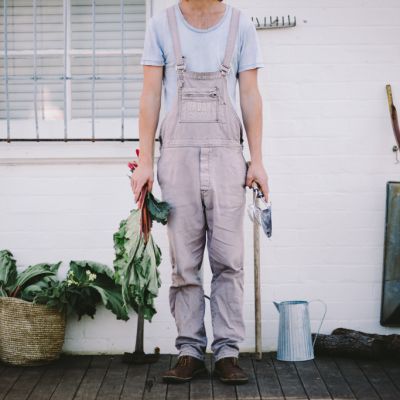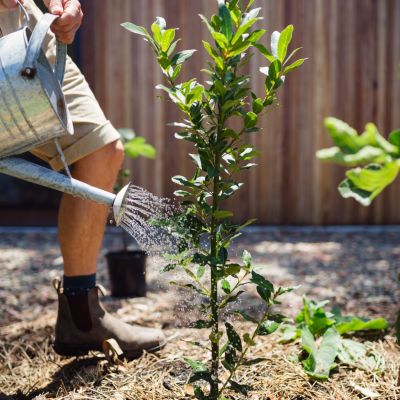How to grow, harvest and use your own garlic
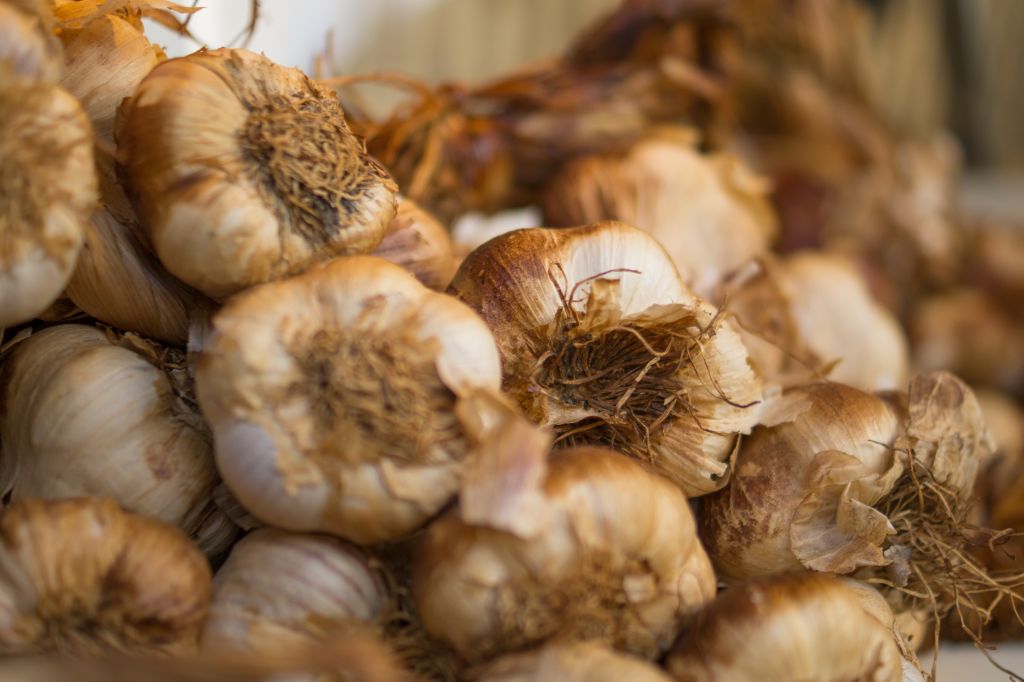
Every year in autumn we prepare a sunny spot in our veggie beds for growing garlic.
We’ve found the growing process rewarding with the flavoursome fresh cloves used enthusiastically in every meal.
You can buy garlic for planting online, at a nursery or from a local grower at the markets. Standard, imported garlic from your supermarket won’t grow or taste quite as good.
Depending on where you live, you may still have time to get some in the ground so here are a few quick tips to get you started.
Varieties and climate

Ideally you’ll want to do some research into what type of garlic is most suitable for your region. Cool inland versus warm coastal? Frost or no frost? North or south?
Generally softneck varieties are better for warmer, humid climates and hardneck for cooler climates.
Ask your grower at your local markets where their garlic is from, when they planted and harvested it – that’s your key to local growing success. If you find they are grown locally, buy a bulb from them, split it up into the cloves and plant those.
You can also find some quality seed garlic and information on climates and growing from online suppliers such as Diggers.
Where to plant
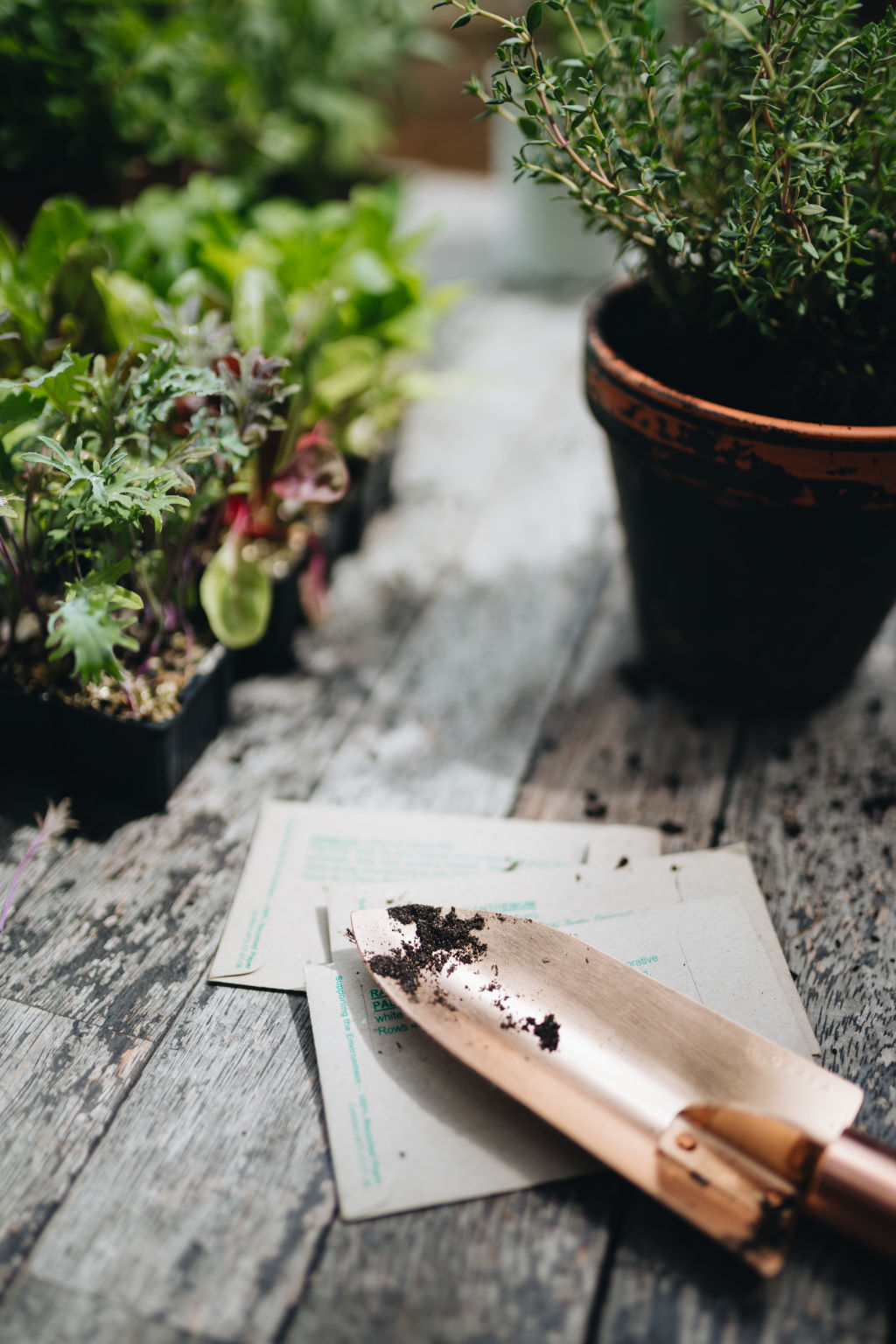
Approaching winter, full sun is ideal for most edibles and this includes garlic. Pots or raised beds are best for planting your cloves as they generally offer better drainage – garlic bulbs don’t like to be waterlogged.
Move your pots into sunnier positions where possible, too. Mounded garden beds with a good soil structure will also provide adequate drainage.
Plant your garlic at the back of the garden bed as it’ll be in there for about eight months so you won’t need regular access to it unlike your herbs and leafy greens.
How and when to plant
We planted our garlic in April and harvested in early November last year, and got a great harvest of 20 or so decent sized bulbs so we’ve repeated that timing again this year. Plant your cloves pointy end up, thumb deep, approximately 10 centimetres apart.
Again, climate and variety will determine your best planting times for a successful garlic harvest. Once you find a good cultivar and get the timing right, you’ll be hooked on growing your own, just like we are.
Harvesting
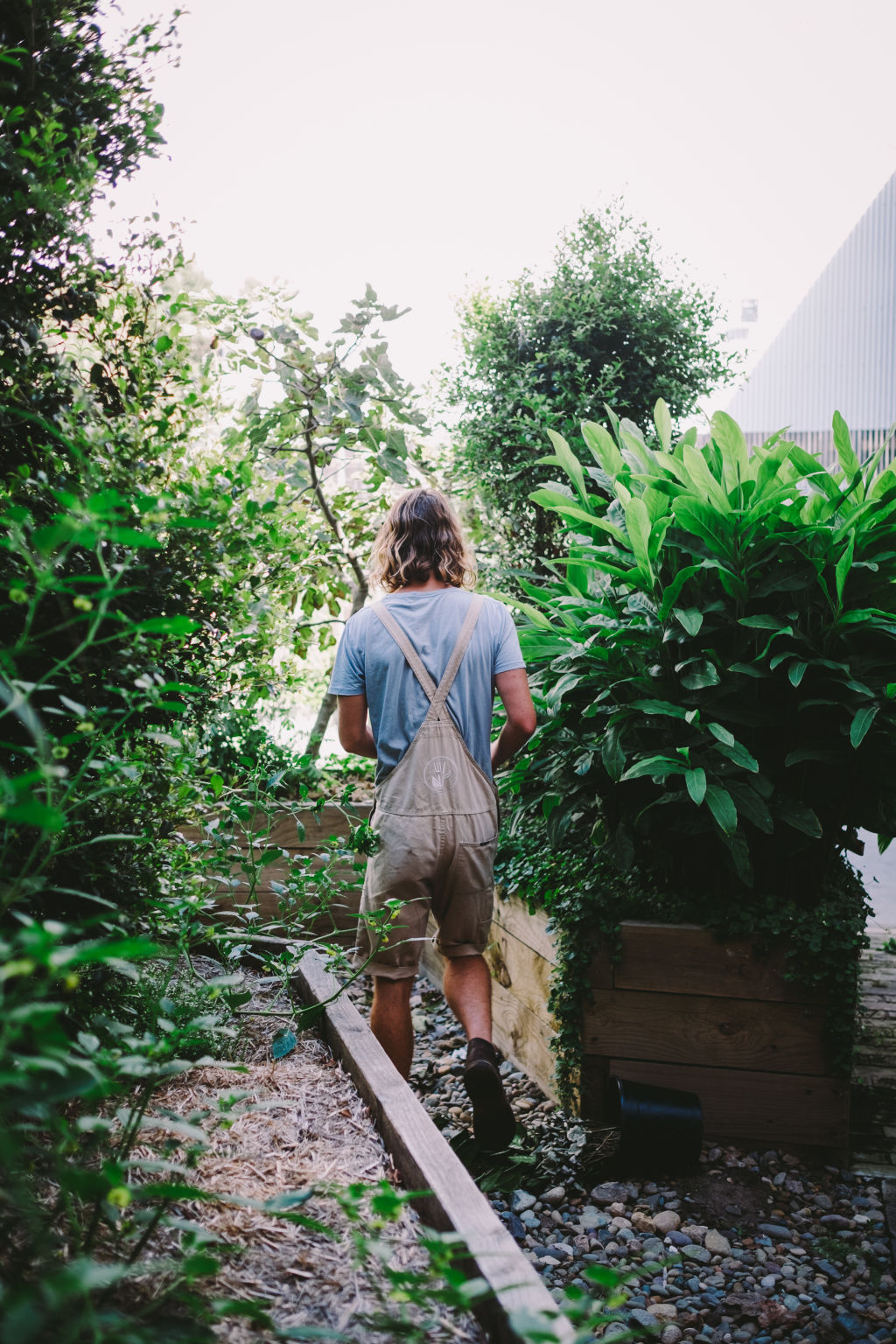
Garlic takes up to eight months until harvest. The bulb develops as the day length increases in spring.
With hardneck varieties, you can cut off the curly flower stalk that develops (called the garlic “scape”), which will encourage larger bulb growth. The scape can also be cooked with a little olive oil, salt and pepper and you can’t go wrong.
You can scrape back the soil and check to see if the bulb has developed with the cloves segments visible. Half a dozen green leaves remaining will also indicate it’s harvest time.
Drying
When your garlic leaves start to brown off, the bulb is finished growing and is ready to be plucked from the soil and hung or placed on drying racks in a shady garden shed. Good airflow will reduce fungal problems while you leave them to dry for around four weeks.
Recipe: Garlic pickled green beans
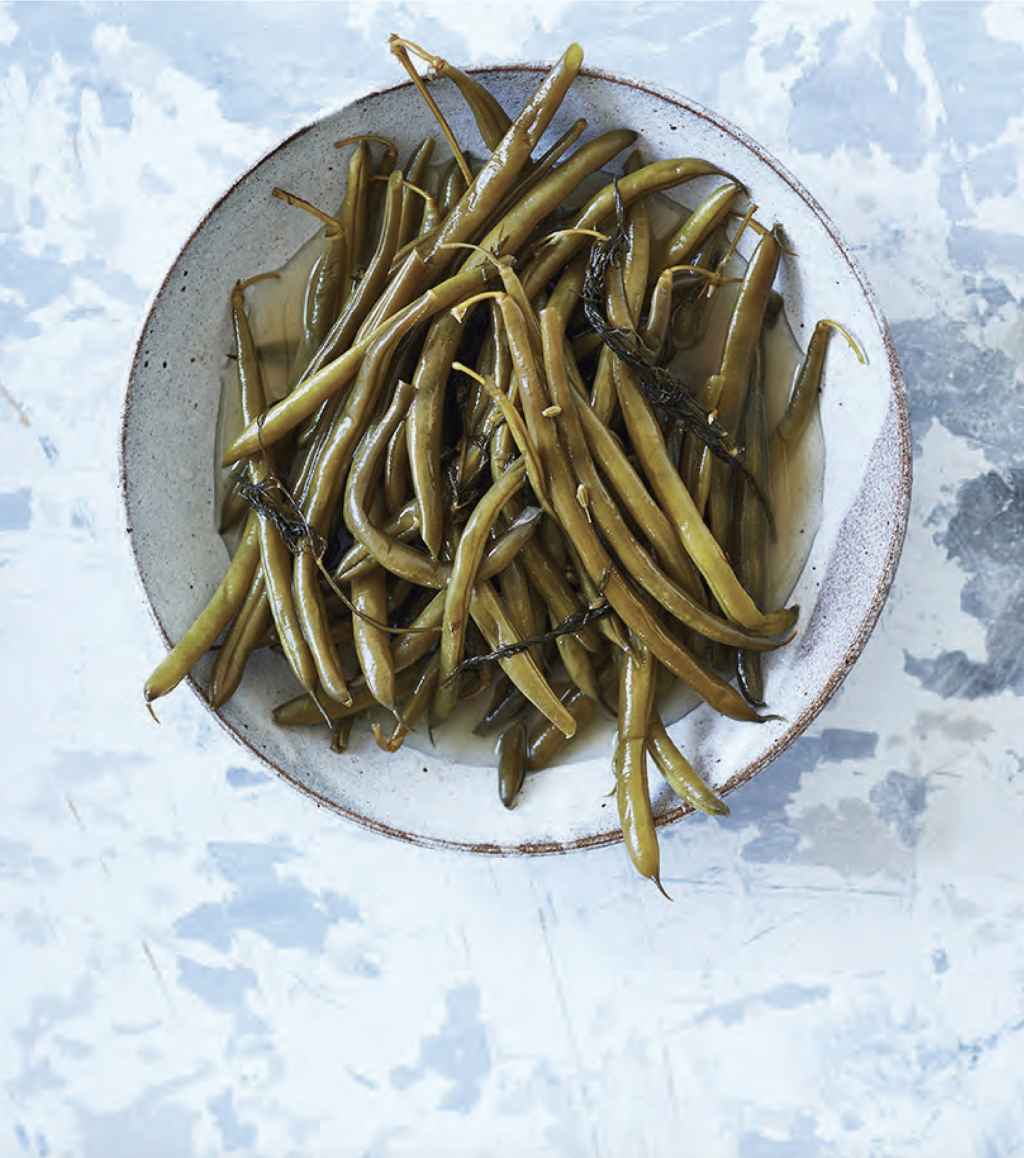
We’ve found pickled green beans to be the ultimate companion to a decadent cheese platter. The refreshing and slightly crunchy texture complements the creaminess of the cheese. We always make a few jars of these at a time so that we can enjoy them through the cooler months too.
Makes:
500ml jar
Ingredients:
- 2 cups green beans (roughly 700g), tops and tails trimmed
- 3 garlic cloves
- 4 sprigs of dill
- 1 teaspoon of fennel seeds
- 1½ tablespoons of salt
- 3 tablespoons of honey
- 1 cup of water
- ½ cup of apple cider vinegar
Method:
- Place the beans, garlic, dill and fennel seeds in the sterilised jar.
- Combine honey, water and vinegar in a medium saucepan. Bring to a simmer over medium heat, stirring until honey dissolves. Pour the hot mixture over beans in jar.
- Let stand at room temperature for 1 hour. Put the jar lid on and store in refrigerator for up to 2 weeks.
- The pickled beans will be ready to eat after 24 hours of fridge time.
Tip:
We often add cloves or replace the dill for fennel flowers for a more robust flavour.
We recommend
States
Capital Cities
Capital Cities - Rentals
Popular Areas
Allhomes
More
- © 2025, CoStar Group Inc.
